The new AMD “This is EPYC” campaign is aggressive and out to get a message across. When the AMD EPYC 7000 series launched in June 2017, at STH we knew this would be something special. AMD flat-out leapfrogged Intel in terms of platform connectivity (PCIe and DRAM), as well as core counts while undercutting Intel on price. From the June launch, it took until September 2017 for broader availability of EPYC 7000 systems and there were still some AGESA/ platform maturity to-do’s that needed to happen.
AMD EPYC Journey to Date
Fast forward to November/ December 2017, it was hard to even get AMD EPYC CPUs since we heard through the supply chain that several large customers were gobbling up supply. We covered a bit about that in Microsoft Azure Lv2 Series Instances Feature AMD EPYC and Baidu Validates AMD Single Socket EPYC Strategy. The two largest enterprise OEMs, Dell EMC and HPE launched their EPYC offerings in February 2018 and November 2017. We also have reviewed a number of systems from Supermicro, Gigabyte, and Tyan at this point covering single and dual socket server applications. While we are not at parity with the Intel ecosystem at this point, the AMD EPYC journey is in full swing and there is a lot of momentum.
A good example of this is the Dell EMC PowerEdge R7415 vSAN ready nodes (we will have our review of the R7415 soon), that are taking advantage of the AMD EPYC single socket architecture to drive significant TCO savings. Dell EMC, and VMware are part of the Dell Technologies family of companies so when their solution advertises lower TCO, that means that they are advertising a solution that will directly lower a customer’s wallet share for Dell Technologies. That is how disruptive EPYC is in the VMware market (with a few caveats.)
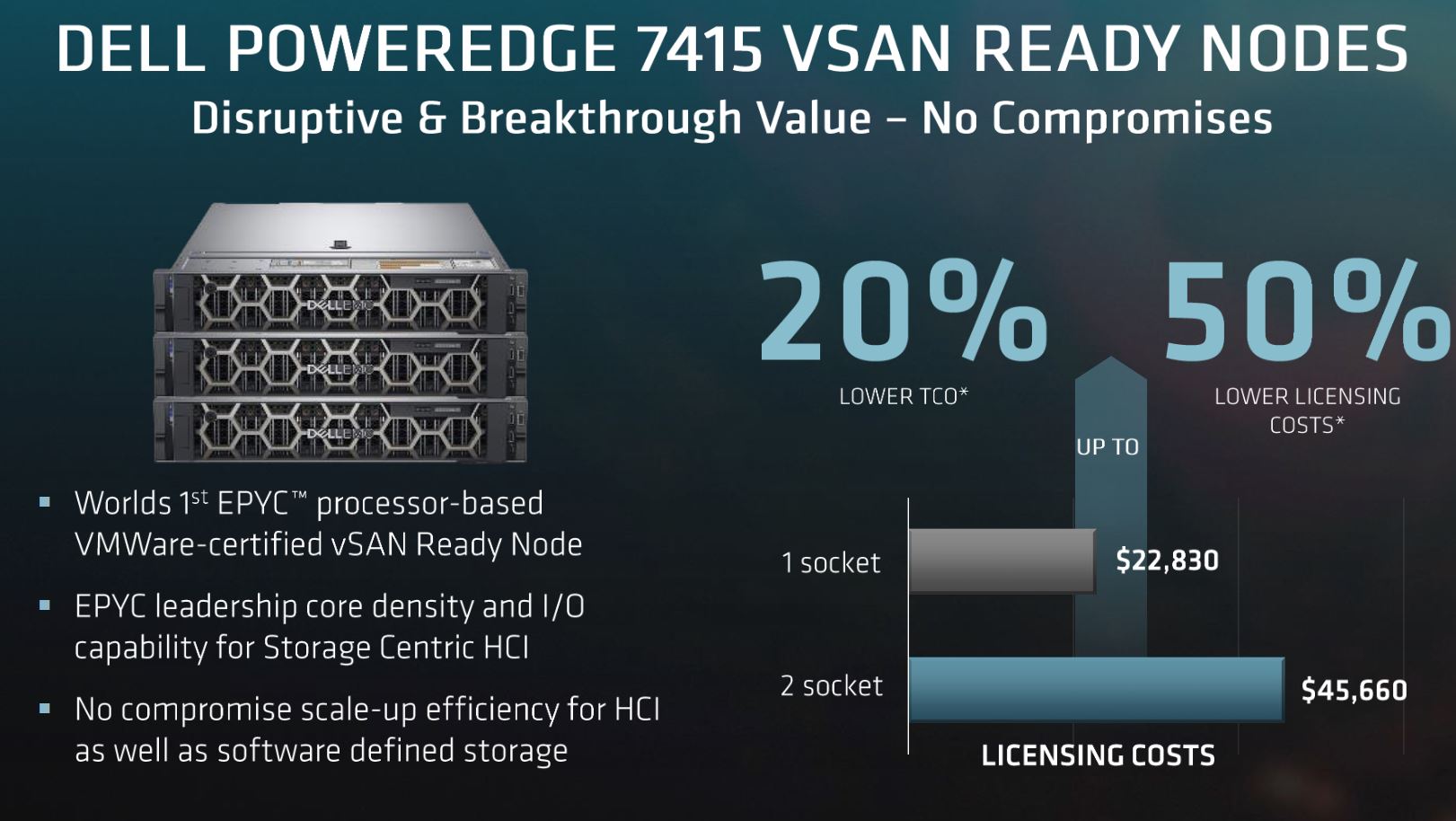
Here is a good data point: personally I field about two dozen calls/ meeting from systems vendors, software vendors, startups, ecosystem hardware vendors, deep learning/ AI shops, VARs, financial analysts, data center operators, and hosting providers a week. At this point, just about every conversation touches on AMD EPYC at least once. AMD certainly is gaining mindshare in the US. The next step is converting that mindshare into market share gains and for that AMD is launching the “This is EPYC” campaign.

The new “This is EPYC” campaign is not what we are accustomed to in the server CPU market. Normally we are accustomed to talking about SPEC performance figures, power consumption, STREAM memory bandwidth, and hard specs like cores and clocks. Being the challenger in the market, AMD is pushing messaging a lot further.
If you read our early thought leadership pieces AMD EPYC’s Extraordinarily Aggressive Single Socket Mainstream Pricing and Single Socket AMD EPYC 7000 FAQ Answers to Common Questions, part of the value proposition is that AMD EPYC single socket configurations have the core counts, PCIe lanes, memory capacity, to replace dual Intel Xeon CPUs in a number of configurations. AMD is harping on that point.
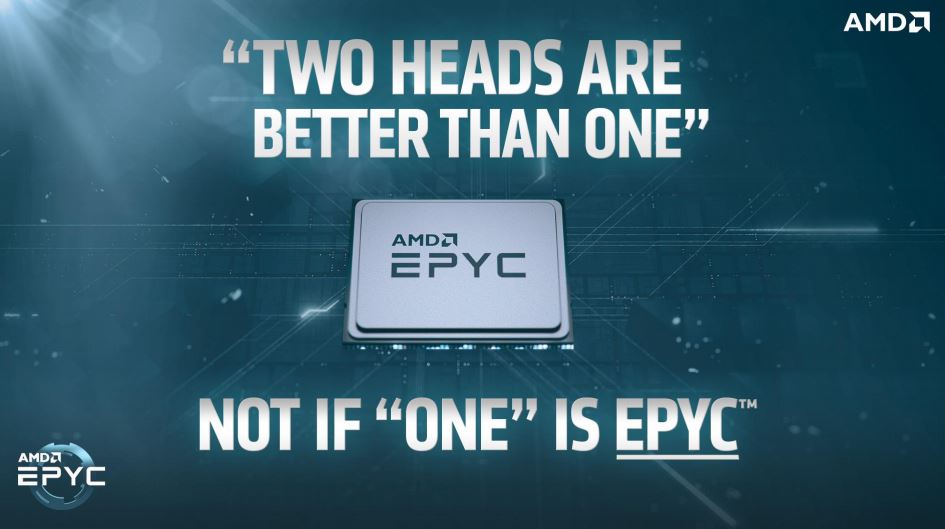
This one is an often used saying in the industry where we have heard “nobody gets fired for buying” IBM, Cisco, Intel, and other incumbents.
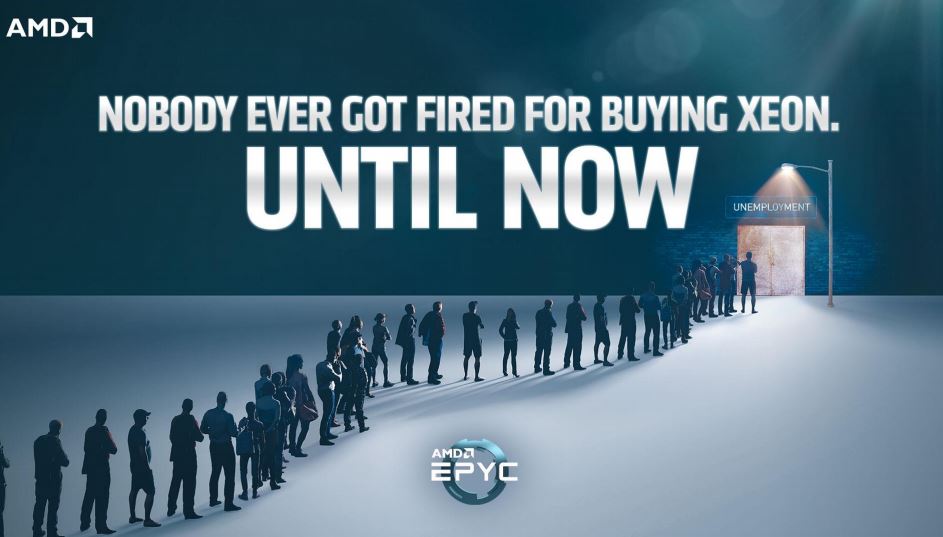
Beyond the cheeky messaging, AMD goes back to specs quite often. An example of this is that 4TB memory capacity in a dual socket server (something Intel Xeon cannot do.)
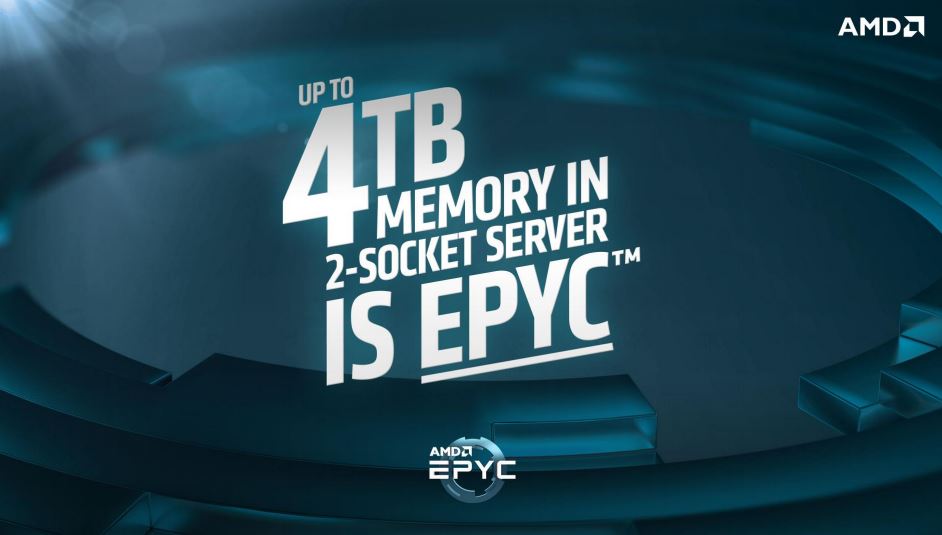
And the fact it has 8 channel memory per socket matching the Intel Xeon E5-2600 series dual socket configurations in a single socket.
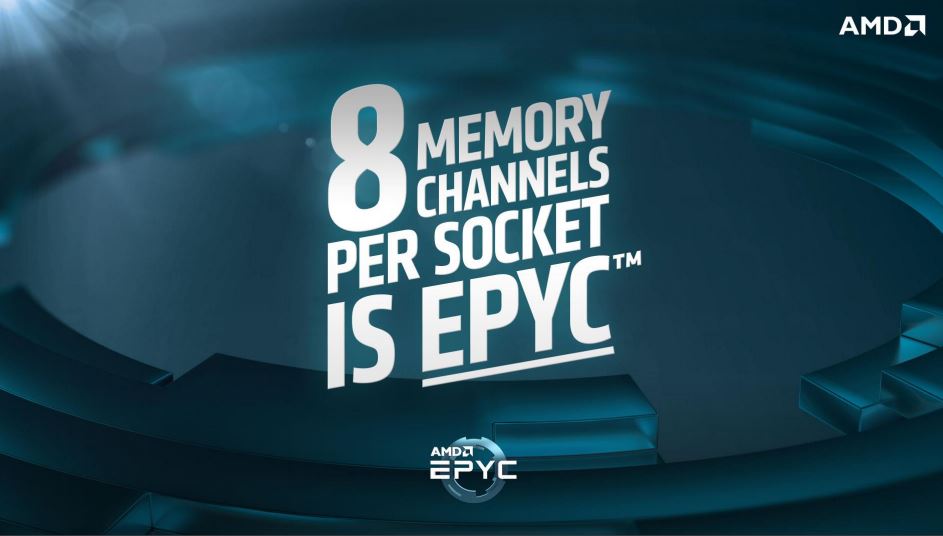
Of course, the killer single socket spec: 128 PCIe 3.0 lanes in a single socket (or dual socket.)
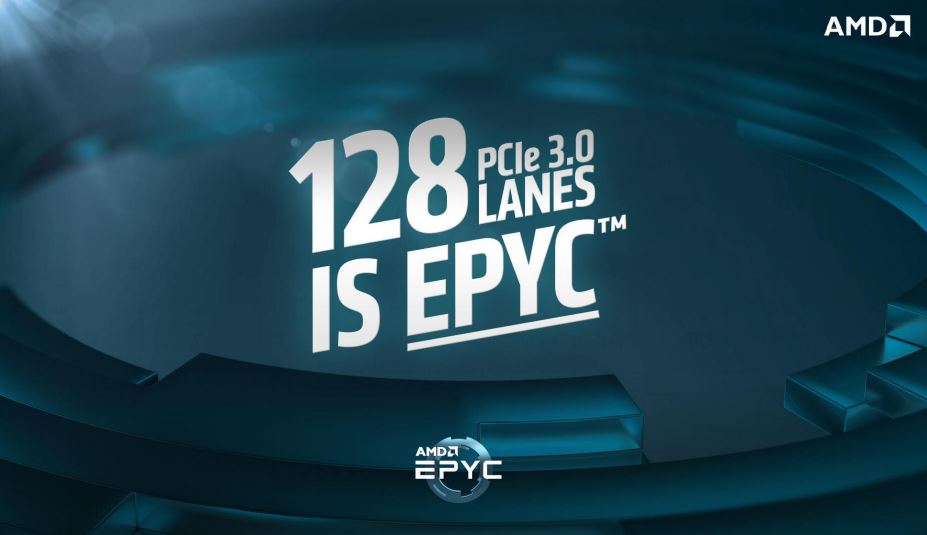
AMD has more of these, but the campaign is a step up in the rhetoric.
Final Words
2018 is shaping up to be really interesting. AMD EPYC 7000 series is ramping its tempo both in systems available and messaging because AMD knows it has a better product for many applications. The four NUMA nodes per socket and not 100% identical feature set to Intel mean that there are some markets that will still prefer Intel Xeon. At the same time, AMD is capitalizing on one of the slowest technology transitions we have seen from the Intel Xeon E5 era to Xeon Scalable to aggressively push EPYC.

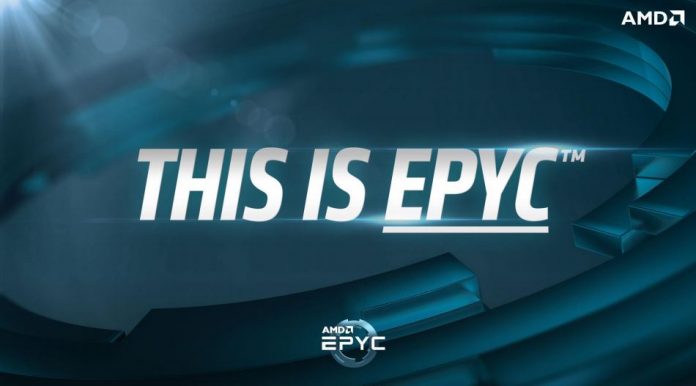



Finally, AMD marketing is coming out of hibernating, thumbs up and what a wow and wow!
Epyc was designed to meet datacenter specifications. AMD to launch Epyc with specifications for HPC to meet workstations (Higher Frequency, RAS and ECC)? For AMD has already released AMD EPYC Embedded 3000 Series to meet edge computer. (Translated by Google Translator)
One year and we still have less than 5 motherboards across ALL vendors (aside server rack barebones). Worse yet, while Nvidia and others are writing new chapters in AI history on a daily basis, AMD and its motherboard partners seem to entirely ignore this market segment despite offering 124 pcie lanes. Not a single stand alone motherboard for EPYC currently offers 4 fully functional x16 pcie slots. It’s an absolute disgrace. Count the number of motherboards 1 year after Xeons were launched and see the difference.